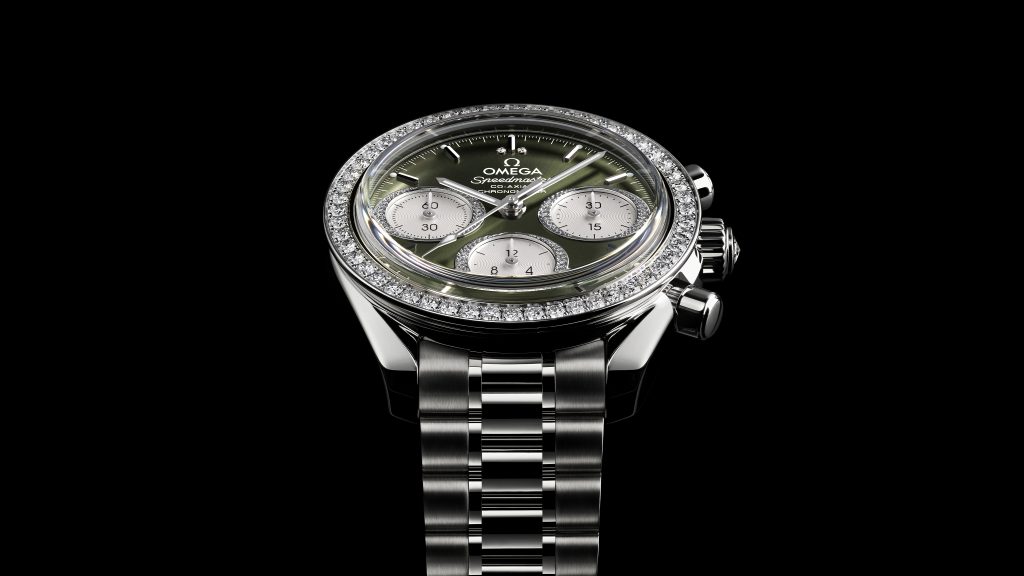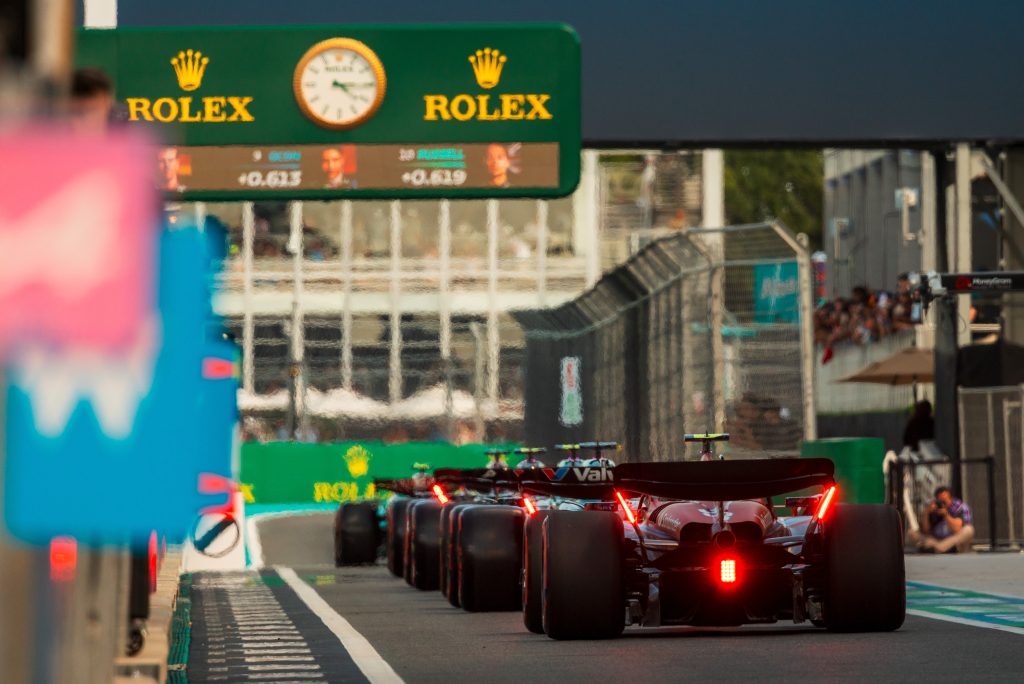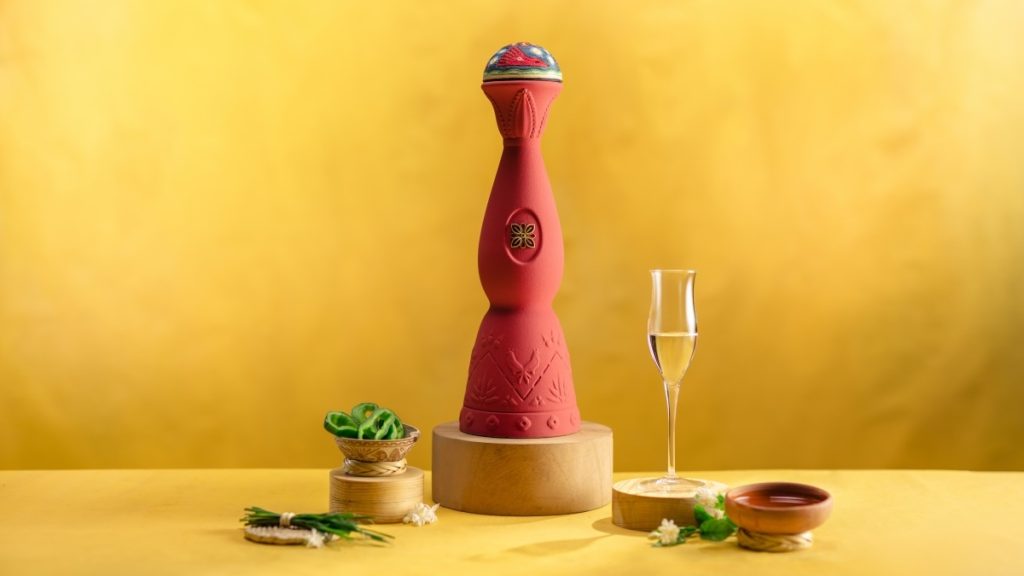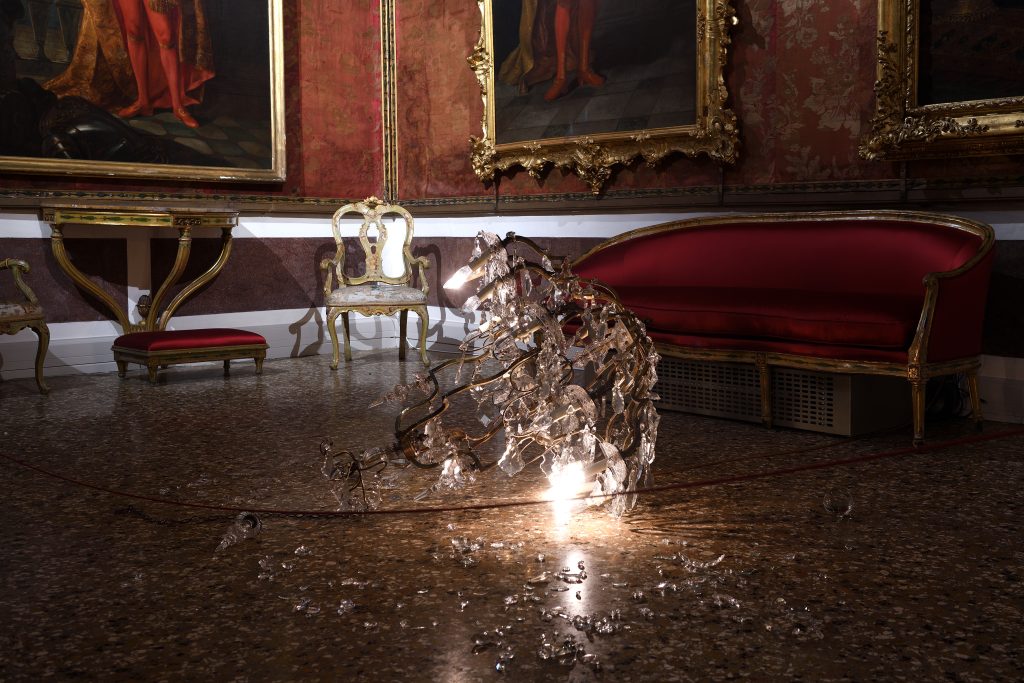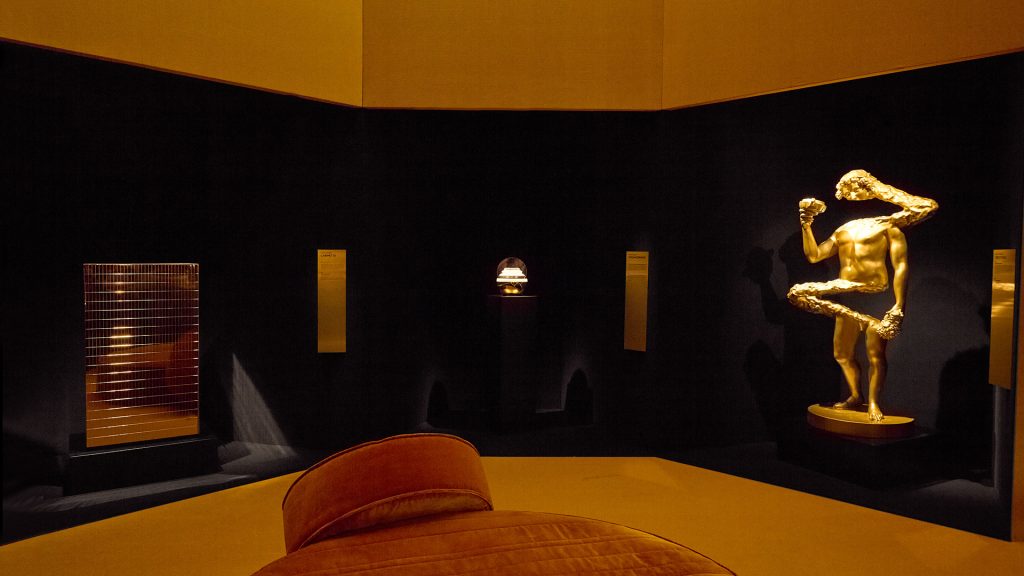Xiong Liang
The writer and illustrator channels the spirit of traditional Chinese watercolors into picture books for children

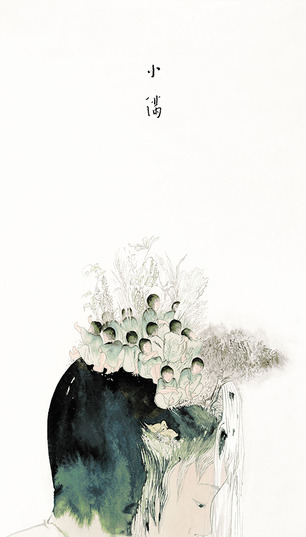
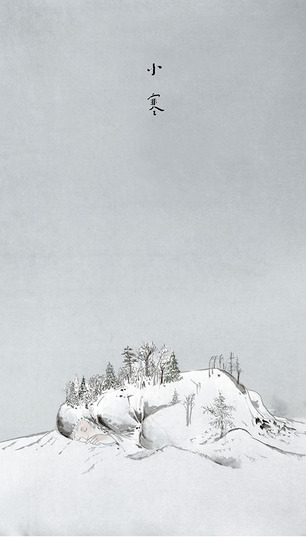
Xiong Liang is an illustrator from China’s Zhejiang province (south of Shanghai) and is now one of the most established picture book artists of the capital. Yet he never really thought of drawing as a career; it was always more of a passion—albeit one he’s had since his childhood. “I never had a professional art training, but I remember myself as a kid, spending entire nights drawing,” he tells CH. “My parents didn’t mind at all since I was very good at school. Well, actually one of my first ‘drawing skills’ was to forge marks on my school diary.”
This love for drawing and storytelling, along with his rich imagination and childlike enthusiasm helped make him a true pioneer in the field of children books and even garnered him a nomination for the 2014 Hans Christian Andersen Awards.
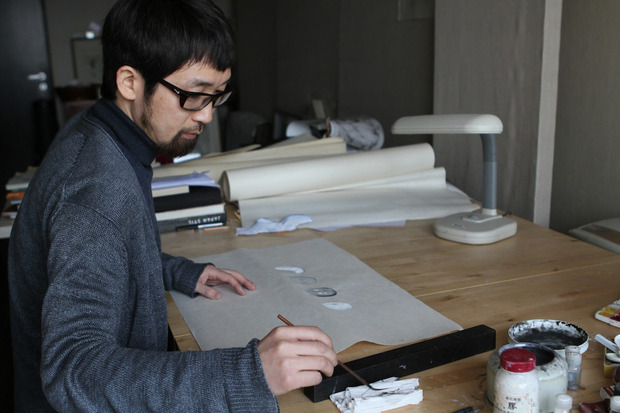
Since 2007 (when he left his editor job and a small chinaware business) he has been dedicated to storytelling and released several picture books. Standout titles include “Peking Opera Cat,” “A Little Stone Lion” and “The New Year Monster.” Every story is linked to Chinese traditions or ancient tales as a way to get young readers closer to a history and culture that otherwise might fade away. For example, in “Peking Opera Cat,” Liang uses chubby cats to portray different types of opera makeup, their stories and gestures guide kids to the sense of rhythm and the aesthetics of traditional Peking opera.
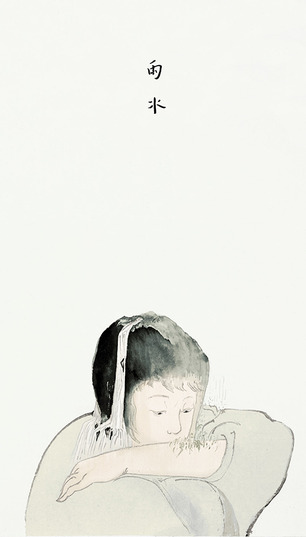
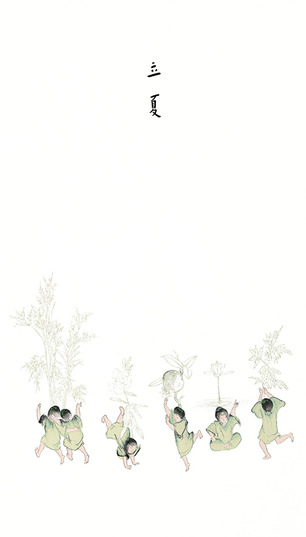
Until recently, China didn’t have a strong tradition of picture books. “When I was a kid, my drawing school was the bookshelf we had at home. Inspiration was coming mostly from Buddhist books which had a few illustrations, generally in black and white, with a fuzzy outline which I thought was a stylistic feature more than a printing flaw.” Now the artist finds inspiration from contact with nature, various websites and from experiences traveling in remote rural areas of China. “I couldn’t do another job. Conceiving my stories is a full-time process that sometimes requires years. During my trips I collect images and when finally the brush touches the canvas, the whole story comes true.”
And when the story comes true, his extraordinary debate between ink and emptiness on each page revive the lyrical spirit of traditional Chinese watercolors. The sense of vastness of his works gives the reader a feeling of blending with the flow of nature. “This is also a feature I share with traditional painters: what comes out of the brush is a flow of qi, of energy and rhythm, and the story takes its shape in a breath.”
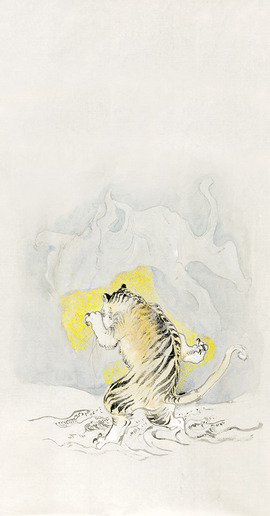
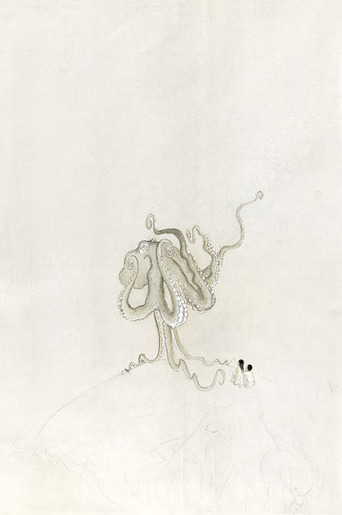
In Xiong Liang’s books—as in ancient culture—every object has a soul and becomes a canvas to project feelings and thoughts. The representation of nature, as reflected in his latest work “Ershisi ge jieqi” (“二十四节气” and translated literally to “24 Solar Terms”) could be read as an echo of the universal harmony, an ode to pantheism that appeals to the sensibilities of children.
“The Solar Terms,” commissioned and published by the Beijing-based cross-cultural creative platform Meridian Collective, takes inspiration from the periods of time of ancient China’s agricultural calendar. Earth is depicted as a unisex human figure, who feels the changes of nature on their skin, and Liang put his small readers at the center of the adventure. “Before the story begins, let’s forget about ourselves and let’s imagine we’re a little man made of mud. We lie quiet on the soil and wait for the sun to wake our feelings up.”
Xiong Liang’s “The Solar Terms” is available online for $10.
Images courtesy of Xiong Liang



